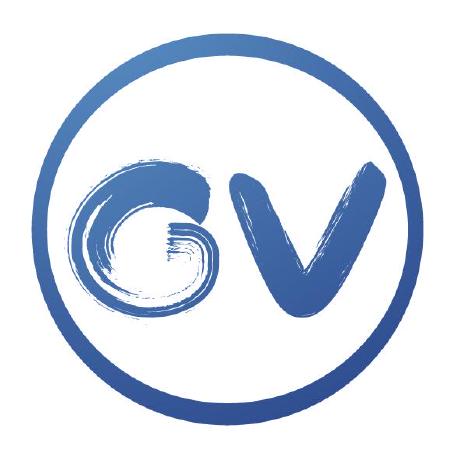Discover and explore top open-source AI tools and projects—updated daily.
HallusionBench by  tianyi-lab
tianyi-lab
Image-context reasoning benchmark for vision-language models
Top 87.4% on SourcePulse
HallusionBench is a benchmark dataset and evaluation suite designed to diagnose and quantify "language hallucination" and "visual illusion" in large vision-language models (VLMs). It targets researchers and developers working on multimodal AI, providing a structured way to assess model robustness against misleading visual cues and language priors.
How It Works
The benchmark consists of 254 yes/no questions paired with 69 images, categorized into Visual Dependent (VD) and Visual Supplement (VS) types. VD questions require visual context for an answer, while VS questions can be answered without it. Questions are further classified as "Easy" (original images) or "Hard" (edited images), creating question pairs to test consistency. The core idea is to expose VLMs that rely too heavily on language priors, ignoring visual context, or that misinterpret visual information, leading to confident errors.
Quick Start & Requirements
- Install by cloning the repository:
git clone https://github.com/tianyi-lab/HallusionBench.git - Download images:
hallusion_bench.zipand unzip in the repository root. - Evaluation requires running models against
HallusionBench.jsonand saving predictions toHallusionBench_result.json. - Evaluation script:
python evaluation.py - For GPT-4V evaluation, modify
gpt4v_benchmark.pyor download pre-computed results. - Official quick-start and leaderboard: https://github.com/tianyi-lab/HallusionBench
Highlighted Details
- Benchmarked models include GPT-4V, LLaVA-1.5, Claude 3, Gemini Pro Vision, and others.
- Metrics include Accuracy per Question Pair, Figure Accuracy, and individual question accuracies.
- Includes "Hard" versions of images with subtle edits to challenge model robustness.
- Paper accepted at CVPR 2024.
Maintenance & Community
- The project is associated with the Tianyi Lab.
- Related work includes papers on automatic benchmark generation (AutoHallusion at EMNLP 2024) and mitigating hallucinations via instruction tuning.
- Community contributions for failure cases are welcomed.
Licensing & Compatibility
- License: BSD 3-Clause License.
- Permissive license suitable for commercial use and integration into closed-source projects.
Limitations & Caveats
The benchmark focuses on yes/no questions, which may limit the granularity of VLM response analysis. While GPT-4V performance is reported, reproducing exact results may depend on specific API versions or evaluation setups.
3 weeks ago
Inactive

 tsb0601
tsb0601 ContextualAI
ContextualAI AILab-CVC
AILab-CVC h-zhao1997
h-zhao1997 lupantech
lupantech OpenGVLab
OpenGVLab ByteDance-Seed
ByteDance-Seed ytongbai
ytongbai RiseInRose
RiseInRose Ucas-HaoranWei
Ucas-HaoranWei TRI-ML
TRI-ML deepseek-ai
deepseek-ai